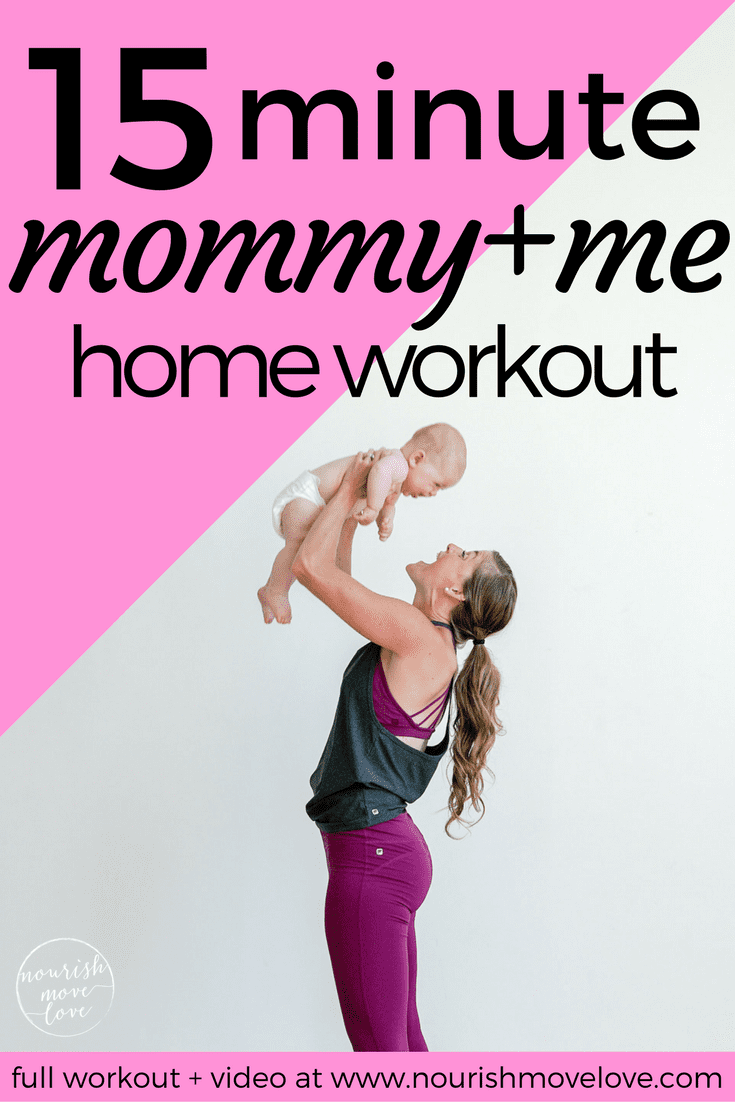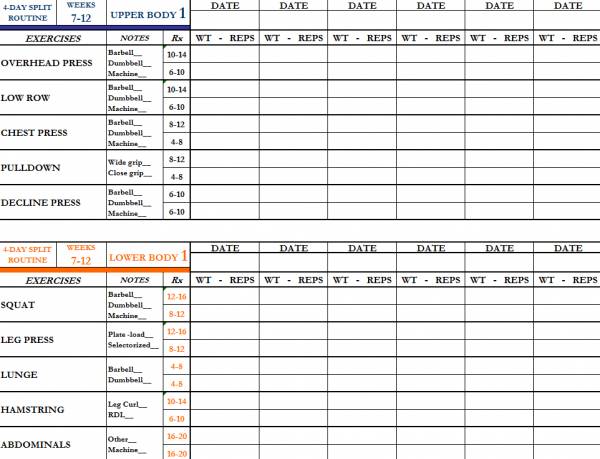
To become a personal trainer, you must be at least 18 years old and have a high school diploma. While there are no requirements for personal trainers, it is a good idea to have some experience in personal training. There are national-certified courses, and you can get them online. Make sure you choose an organization with a good reputation and online testing. Consider taking some courses in nutrition and fitness, if you already have training experience. These courses can improve your industry knowledge.
Accreditation
There are many reasons for you to seek accreditation of your personal training education. For example, if you're looking for a quality certification program, you may want to make sure it is accredited by the National Council for Accreditation of Personal Trainer Education. This will ensure that your education is top-notch. This will allow you to show potential employers that you are a professional instructor. This is important because a certified trainer can get work with ease.

Curriculum
The curriculum for personal trainer education is built around the job tasks of fitness professionals and incorporates both theory and practical application. It focuses on personal fitness training, nutrition, and the human body and includes result-based training methods. You will also learn advanced techniques in resistance training, corrective exercises, and aerobic fitness. Students will have the opportunity to get hands-on practice and receive a certificate.
Prerequisites
There are some things you need to know if you want to become a personal coach. You must first select a recognized certification program. Certification is not mandatory for all employers but it is required by the majority. The programs usually take less than a year to complete and cost $200 to $2,000. Accredited programs can be recognized by the National Commission for Certifying Agencies or the National Board of Fitness Examiners.
Study resources
A certificate program is a great way to start your training as a personal instructor. The typical certificate program lasts between three and two year and can be completed at your own pace. Certificate programs can be completed quickly, or slowly depending on your preference. It is important to decide which clientele you would like to work with and what types of exercises you will be providing when choosing a program. Some programs will help you create templates and journey phases so you can plan your training sessions accordingly.

Prices
The cost of personal trainer education depends on what certification you choose. The National Academy of Sports Medicine (NASM) is the most popular certification. This certification is awarded after passing a two hour exam. Several agencies provide credit, including ACSM. Obtaining a certification costs about $800, and you'll need to pay additional fees for a retake exam if you fail. However, this is the most expensive certification available and can lead to six-figure earnings.
FAQ
Do I need to eat before working out?
No. You don't have to eat before you start working out. But if you're feeling hungry after exercising, you may be tempted to snack on light foods like yogurt or fruit.
Do I need to warm up before exercising?
Warming up before an activity can reduce muscle soreness, improve performance, and help to prevent injury. Warming up can be done in many ways: running, walking, jumping ropes, stretching and cycling are all options. You should start slow and gradually increase your speed and intensity.
How can I start with fitness?
Start small. You can start by taking 10 minutes each week to walk around the block. This will help you learn basic movements and allow your muscles to adjust to the new routine. Once you are proficient in this type of exercise, add more steps and routines to your day.
What effects does caffeine have on my sleep patterns?
Caffeine affects how long it takes you to fall asleep and how soundly you sleep. Caffeine causes drowsiness, which makes falling asleep easier. The downside is that caffeine keeps you awake longer making it harder for you to fall asleep again. Try drinking energy drinks and coffee before bed.
Can I eat while I exercise?
Yes. You can eat what you like while you work out. Choose low-calorie snacks like watermelon. These foods contain nutrients that help you perform better during workouts.
Are there any exercises I shouldn't do?
Before you start any new exercise routine, it is important to consult your doctor. You might have injuries or conditions that make it impossible to do certain types of exercise. You may also need special equipment or training for certain activities. Swimming, for example requires a swimming suit and access to the water.
Statistics
- One study showed that adults who watch more than 4 hours of television daily had an 80% higher risk of death from cardiovascular disease. (heart.org)
- In 2018, the World Health Assembly agreed on a global target to reduce physical inactivity by 15% by 2030 and align with the Sustainable Development Goals. (who.int)
- Globally, 81% of adolescents aged 11-17 years were insufficiently physically active in 2016. (who.int)
- An estimated 110,000 deaths per year could be prevented (cdc.gov)
External Links
How To
How to burn belly fat faster
Belly Fat is often considered a problem for those who want to lose weight. It's actually a good thing, in fact. Your organs are protected from being damaged by excess belly fat. Let's learn how to quickly burn belly fat.
Lack of exercise and stress are the main reasons we store body fat. The cortisol hormone stimulates stress which makes us hungry. Cortisol is responsible for an increase in insulin levels. The insulin then stores extra calories as fat. Lack of sleep causes the release of adrenaline into our system, leading to increased appetite. These extra calories can also be reduced by exercise
There are many ways to reduce belly fat. Any one of these can be tried, depending on how much you have to spend. These are some great tips to help you lose belly fat fast.
-
Reduce the amount of food you eat. Instead of eating three large meals per day, try to eat smaller meals. This will result in fewer calories.
-
Make sure you drink plenty of water. Water flushes out toxins from your body and keeps you hydrated. Water before each meal can help you feel fuller longer and reduce your appetite so that you don't overeat.
-
Avoid unhealthy snacks. If you're looking for quick fixes, snack foods like chips, cookies, candies, etc. Although tempting, they can be very unhealthy. These sweet treats can be tempting, but they are high in empty calories and sugar. Instead, choose healthy alternatives like fruits, veggies, nuts, seeds, and whole grains.
-
At least three times per semaine, do strength training. Strength training builds muscle mass and burns more calories when you're not working out. Strengthening your bones, muscles as well ligaments, joints, tendons, heart and lungs.
-
Walk or stretch regularly. Stretching improves flexibility and mobility which can reduce back pain. Walking is great for burning calories.
-
Reduce alcohol intake. Reduce alcohol intake. Alcohol is a waste of calories and has no nutritional value.
-
Slowly lose weight. Your current weight is the first step to losing weight. Next, calculate your ideal weight by adding between 5% and 10% to your total body weight. Once you have determined your ideal weight, you can start to reduce your calorie intake by 500-1000 calories per day until you reach it.
-
Avoid processed foods. These foods are high-in salt, sugar, as well as preservatives. Processed foods are often very convenient but don't provide enough nutrients to keep you healthy.
-
Don't skip breakfast! Breakfast improves concentration, memory, energy, and stamina. Breakfast should include protein (like eggs), fiber (like oats), and complex carbohydrates (like oatmeal).
-
Have regular bowel movements. Bloating and gas can be caused by irregular bowel movements and constipation. Drink plenty of water to prevent gas and fiber ingestion.